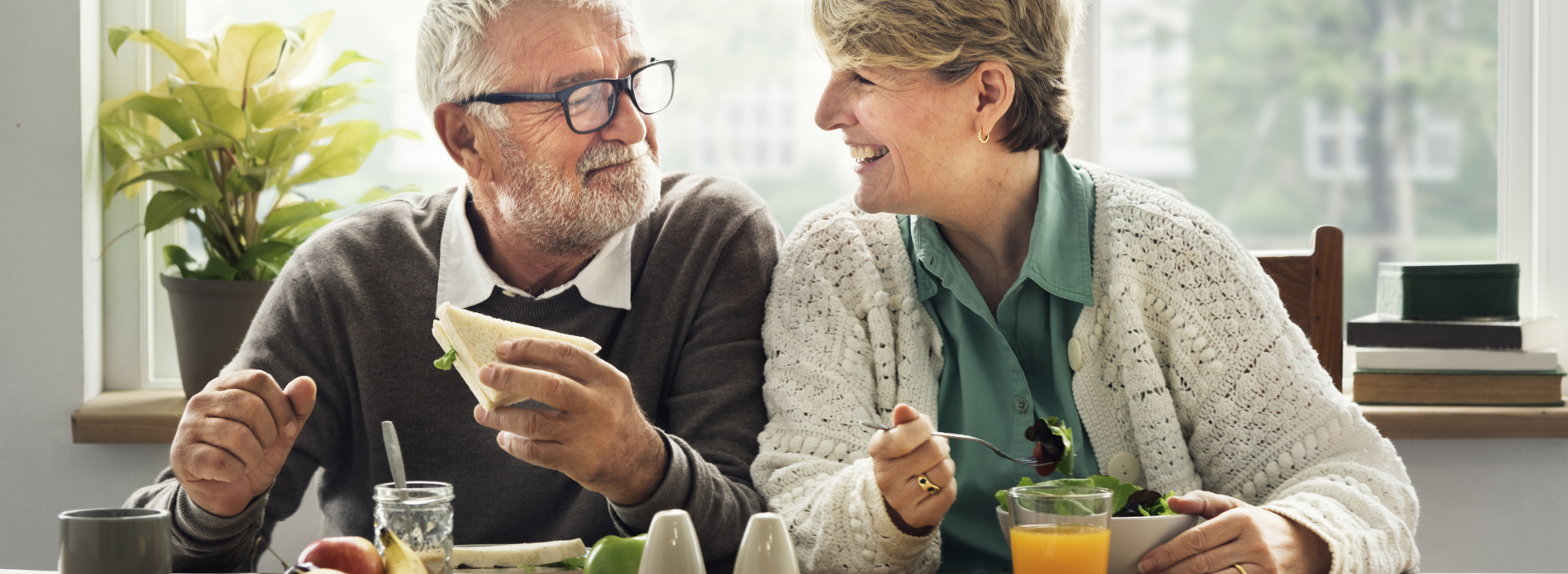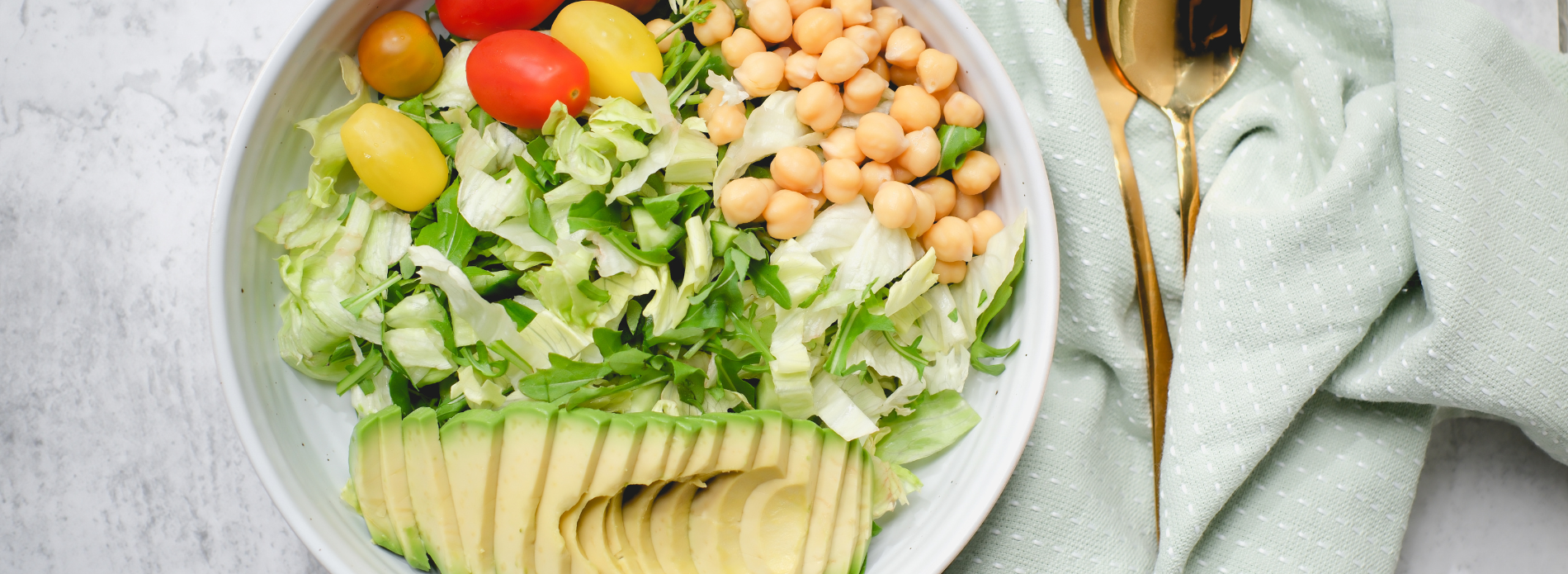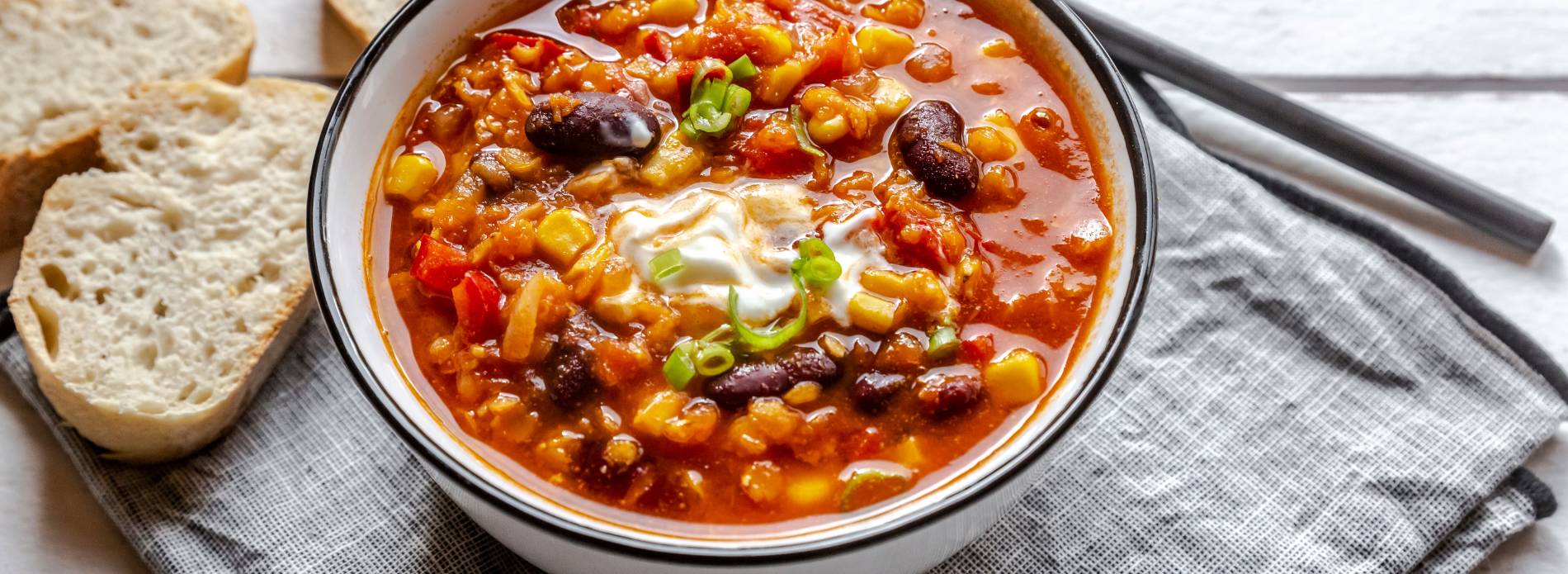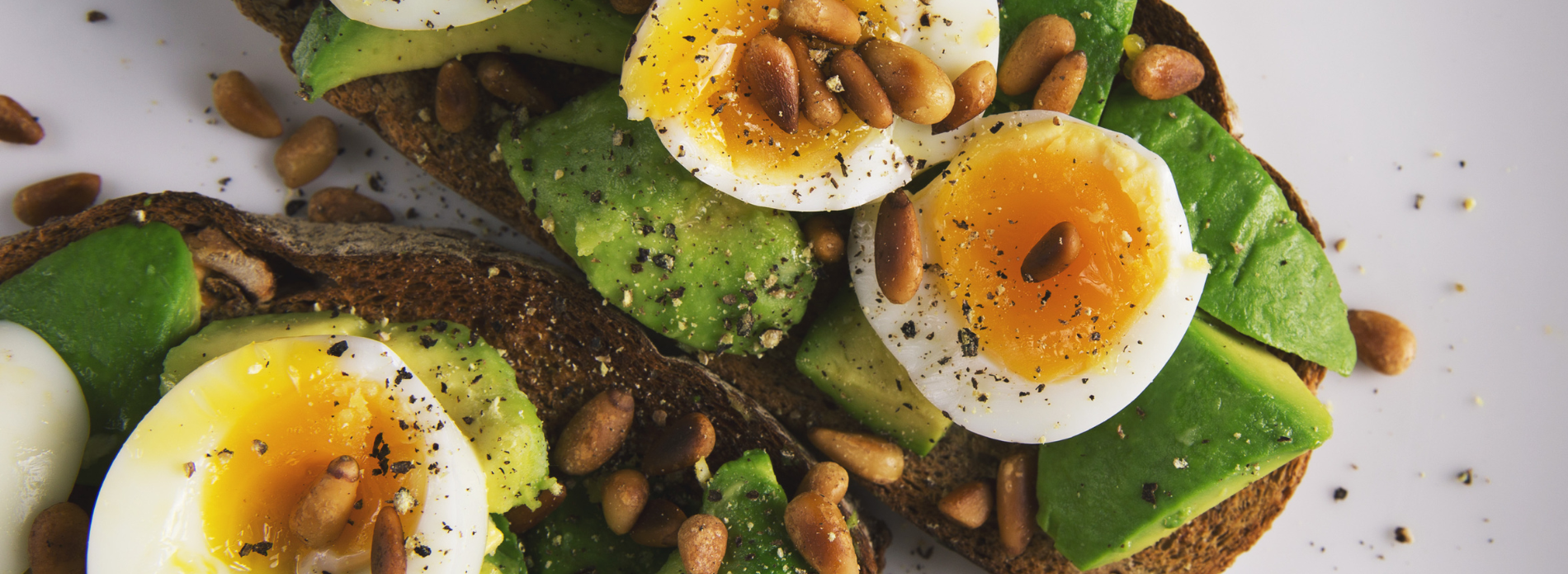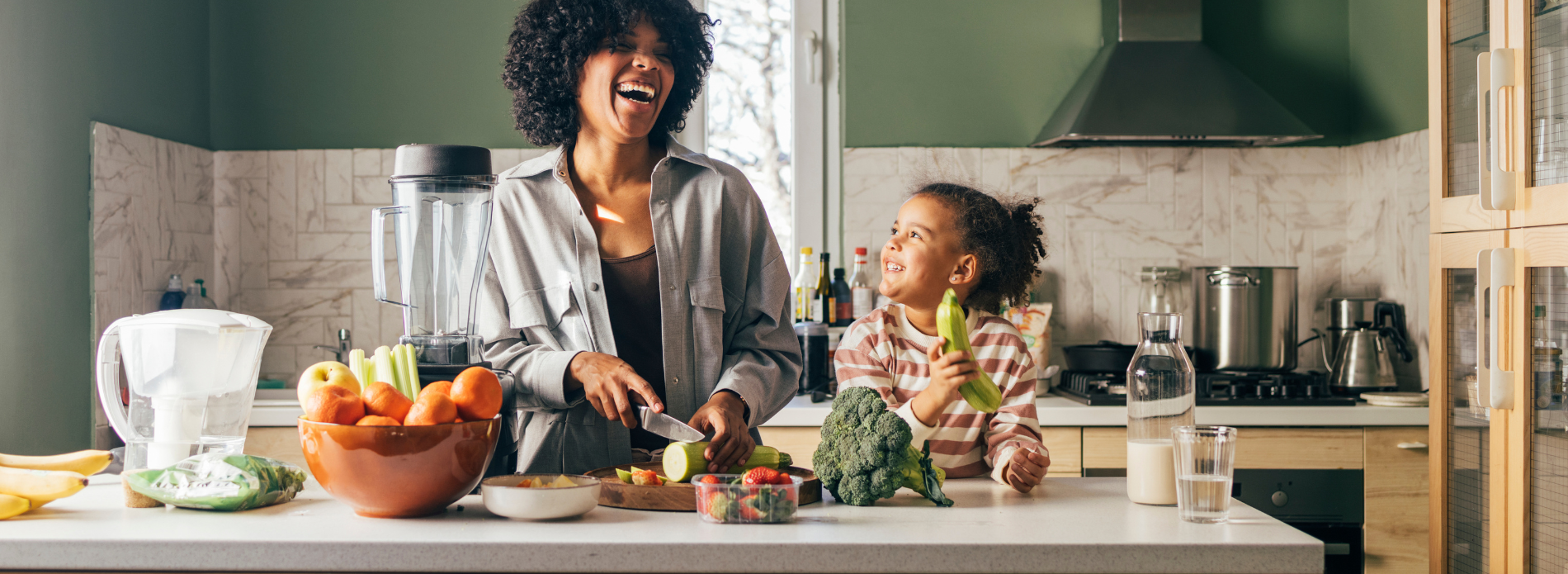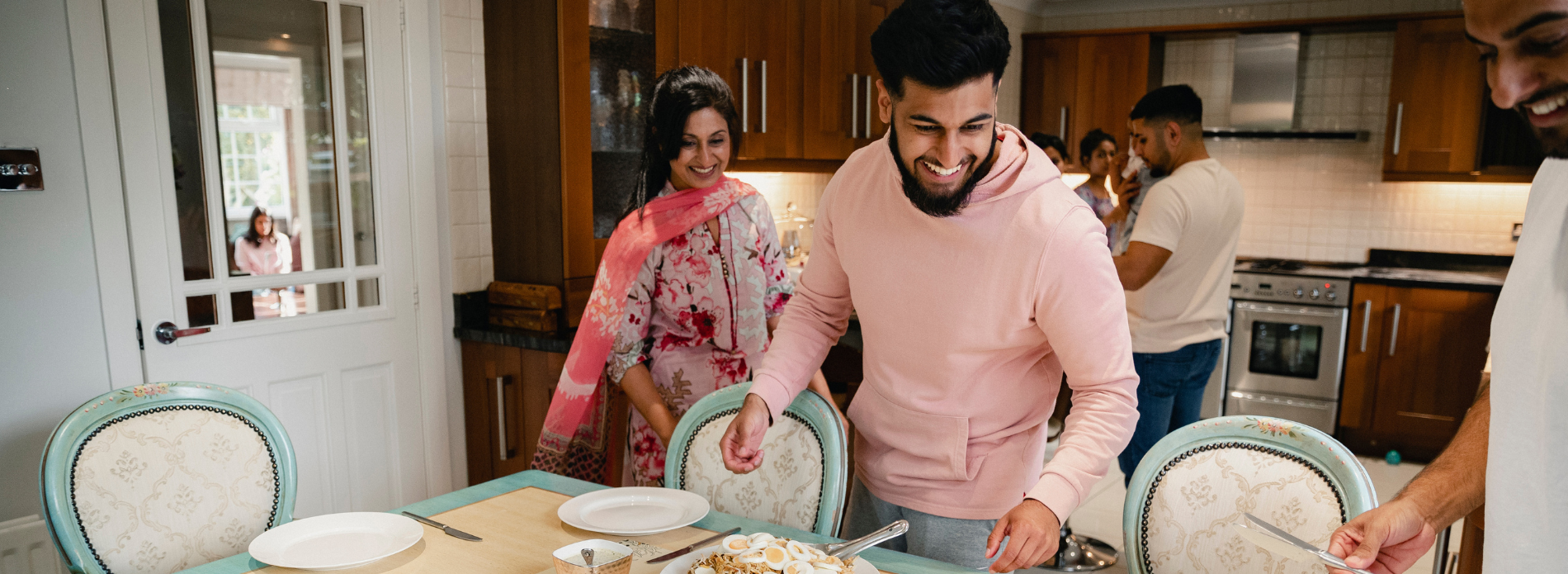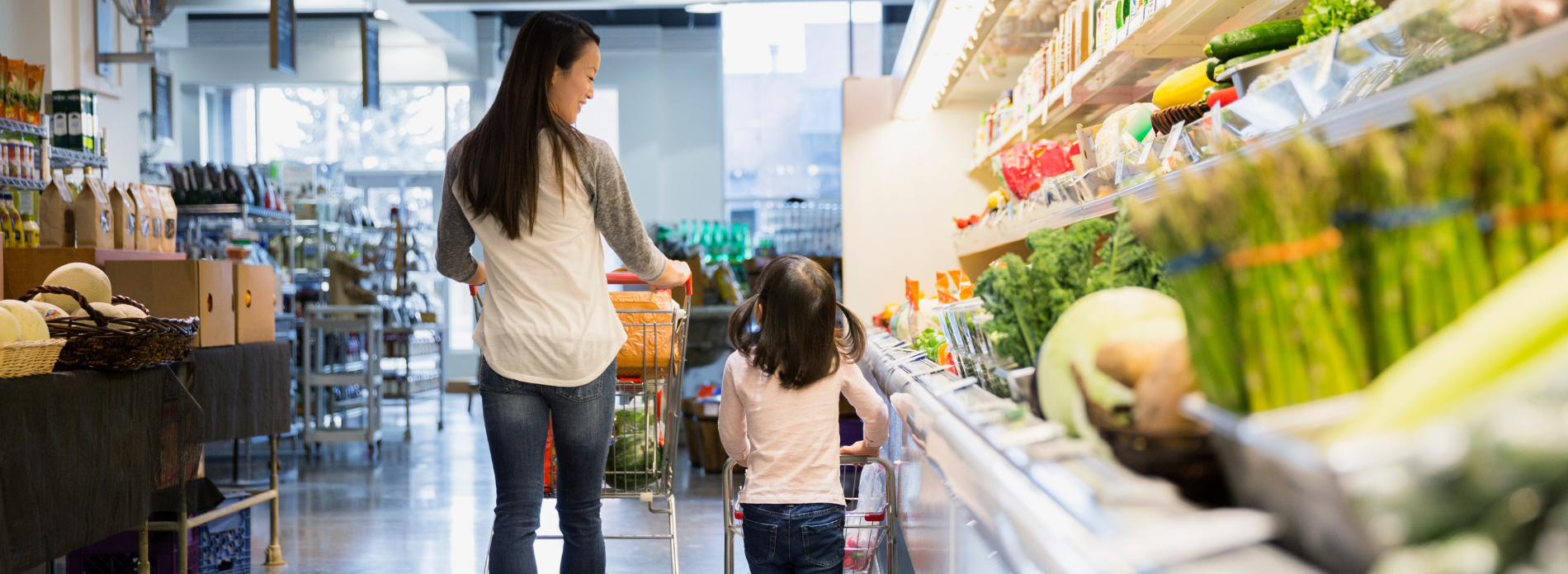Sugar. It’s a key ingredient in most of our favourite sweet treats, so it must be bad for us, right? Well, it’s not quite as simple as that.
Anthony Glock, physiologist, at AXA Health, explains the different types of sugar, which of those we should cut back on and those that can and should be part of a balanced diet.
But, as with so many things, too much of it can be bad for your health. Excess sugar can lead to obesity, type 2 diabetes and tooth decay.1 So, while we shouldn’t feel guilty about enjoying something sweet every now and then, it’s important to know how much sugar is too much, and to understand that it can be found in everyday foods that you may not expect.
What are the different kinds of sugar?
There are lots of different sugars but, to simplify things, it’s best to start by breaking it down into two categories.
1. ‘Added’ or ‘free’ sugars – These tend to have been removed from their original source and added to our food and drinks. They include fructose, glucose and sucrose, which are used to sweeten things like fizzy drinks, cakes, chocolate and even breakfast cereals. The sugar in honey and syrup also counts as ‘free’ sugar, even though it’s naturally occurring and can contain antioxidants.
‘Free’ sugars provide unnecessary calories and have very few nutritional benefits. These are the sugars that are typically over-consumed, and which can be attributed to obesity, diabetes, heart disease and tooth decay.1 One of the issues we face is that they can be ‘hidden’ within everyday foods that you might expect to be healthy.
2. Natural sugars - In contrast, the sugars that are naturally found in foods, such as fructose in fruit, and lactose in milk, also contain vitamins, protein, minerals and fibre, which are essential for a balanced diet and maintaining good health.
Naturally occurring sugars act differently in the body compared to ‘free’ sugars because they’re accompanied by these other nutrients. These make it easier for the body to be able to absorb the naturally occurring sugar at a slow and steady rate.
Why is too much sugar bad for you?
Sugar itself isn’t bad for you. As mentioned previously, it’s essential for our bodies to run efficiently. It’s a carbohydrate that gets converted into glucose, or ‘blood-sugar’, which is the key source of energy for our bodies, so we need naturally occurring sugar to function properly.
But it’s when we consume too much sugar that problems can occur.
How it works
Natural sugars tend to be part of the overall carbohydrate content of unprocessed and whole foods. Things like:
- fruits,
- berries,
- whole grains,
- dairy products
- and root vegetables.
These foods are usually lower in calories and sodium, while their natural sugars are part of complex carbohydrates that contain other important nutrients like minerals, vitamins, fibre or protein. These complex carbohydrates take longer for the body to break down, so sugar is introduced to the bloodstream more slowly.
Sugar starts to become bad for you when you consume too much of it. Your body will recognise excess blood sugar as potential energy and store it for later, and the way it does that is to store it as body fat.
So, excess sugar can lead to unhealthy weight gain and obesity which presents a number of potential health issues, from heart disease and diabetes to depression2.
Excess blood sugar can also contribute to damage to the vital organs or lead to insulin resistance, which is another cause of type 2 diabetes.
Which foods contain ‘hidden’ added sugars?
Hidden sugars can exist in foods as a source of sweetness, and as preservatives or flavour enhancers. This means that a lot of everyday foods and ingredients, including those that we deem to be healthy, could actually be adding to your daily sugar intake without you knowing. These can include:
Flavoured yoghurt, which can contain high amounts of added sugar as part of its flavouring.
Breakfast cereal, including granola and cereal bars. These items often use sugar, honey or syrup to sweeten them. They may be made from whole grains or contain dried fruit, which makes them seem healthier, but those ingredients contain sugar too, so the ‘free’ sugars can make the overall sugar content relatively high.
Tomato-based pasta sauce. While very convenient and useful to have in the cupboard, shop-bought jars of pasta sauce use added sugar to soften the acidity of the tomatoes, as well as to keep the sauce fresher for longer.
Condiments and salad dressings. While often fairly low in fat, condiments and salad dressings can contain high amounts of sugar. Low fat salad dressings may contain high amounts of sugar to give them more flavour, while it’s added as a preservative and flavour enhancer to ketchup, barbecue sauce and sweet chilli sauce.
Tinned soup. You may recognise this as being high in salt, but tinned soup can also contain more sugar than you might expect. Similar to pasta sauce, tomato-based soups tend to have higher amounts in order to balance out the acidity of the tomatoes.
Sports drinks and flavoured milk. You may already know that non-diet fizzy drinks contain a lot of sugar, but there can also be a lot of sugar in other drinks. Sports drinks contain sugar so it can be quickly digested for an energy hit during exercise, while in flavoured milk it’s used as a flavouring.
What should I look out for?
It’s important to check the nutritional information on food and drink labels. You need to look out for the item’s overall sugar content and keep an eye out for certain ingredients.
In the UK, packaging generally lists carbohydrates, with a section that says ‘of which sugars’ underneath. The ‘of which sugars’ section tells you the total amount of sugar in a product, but doesn’t break it down further to list the amount of ‘free’ sugars. This is still a useful guide and can help you monitor your overall sugar intake.
According to the NHS website, our intake of total sugars should be 90 grams per day (of which only 30 grams should be ‘free’ sugars).1 Therefore, high-sugar foods are considered to be those that contain more than 22.5g per 100g, while low-sugar food contains less than 5g per 100g.
A high-sugar drink contains more than 11.25g per 100ml, and a low-sugar drink contains less than 2.5g.
Then, to get a better idea of the amount of ‘free’ sugars in a product, you can check the list of ingredients. It’s a legal requirement that any added sugars must be included on food and drink labels. Ingredient lists are always ordered according to the quantity of each ingredient, so if any added sugar appears near the top, that means there’s likely to be a higher quantity of it in that product.
Be aware that there are lots of different types of added sugar and dozens of words used to describe it on food and drink labels. These include cane sugar, brown sugar, sucrose, fruit juice concentrate, fructose, glucose, dextrose, maltose, molasses, treacle, various types of syrup, honey, nectars, corn syrup or high-fructose corn syrup.3
What else can I do?
Let’s be honest, it’s not easy to measure every gram of food we put in our body. And it’s not always possible or realistic to do calculations in the supermarket. But the fact is that reducing or eliminating the amount of added sugar we consume may not only help with weight loss but can also reduce the risk of many common health conditions, such as type 2 diabetes.
The UK government recommends that added or ‘free’ sugars shouldn’t make up any more than 5% of the energy (calories) you consume each day.4
This refers to the sugars that get added to food and drink, the raw white sugar you might add to a hot drink, as well as sugars found naturally in honey, syrup and fruit juices (where you’re getting all the sweetness but none of the fibre from the fruit).
5% equates to around 30 grams of sugar for an adult (around seven sugar cubes).4
One thing you can do to is to plan in days where you try not to consume any ‘free’ sugar at all. This is a great way to cut back and reduce your overall sugar intake, without going completely sugar-free.
It can fit around your lifestyle and also help you understand which foods are high in sugar and contribute most to your daily intake.
There are also some easy sugar swaps you can try to incorporate into your day-to-day habits so, even if you’re not eliminating it completely, you can still cut down in some areas. Here are a few easy switches you can try today:
- Fizzy drinks and squash – Try flavoured water instead. Add mint, lemon or orange slices to your water or, if you’re having fruit juice, try diluting it with plain or sparkling water.
- Sugary cereals – If a sweet start to the day is your thing, why not try making some homemade granola and topping it with Greek yoghurt and berries? Alternatively, you could try porridge or overnight oats, both of which can be finished off with fresh fruit.
- Honey, jam or marmalade spreads - Try something savoury like smashed avocado or nut butter with sliced banana on top instead.
- Cereal bars – For a mid-morning snack, try sliced apple with a nut butter dip, or a handful of nuts.
- Chocolate – You can still get your chocolate fix without the same sugar hit. Try switching from milk chocolate to dark chocolate (just make sure it’s a minimum 70% cocoa).
- White bread – Swap for wholegrain bread, which has more fibre and less sugar than white bread.
References
- Sugar: the facts – NHS
- Health Risks of Overweight & Obesity - CDC
- Sugar and your health: Food Fact Sheet - The Association of UK Dieticians (BDA)
- How much sugar can we eat? - NHS
